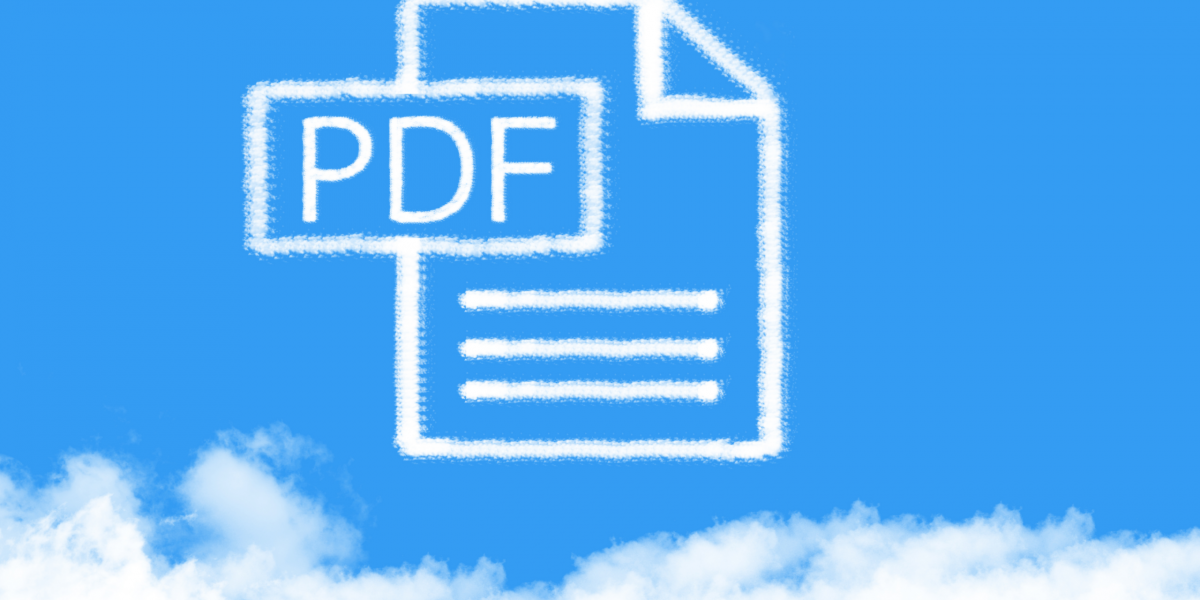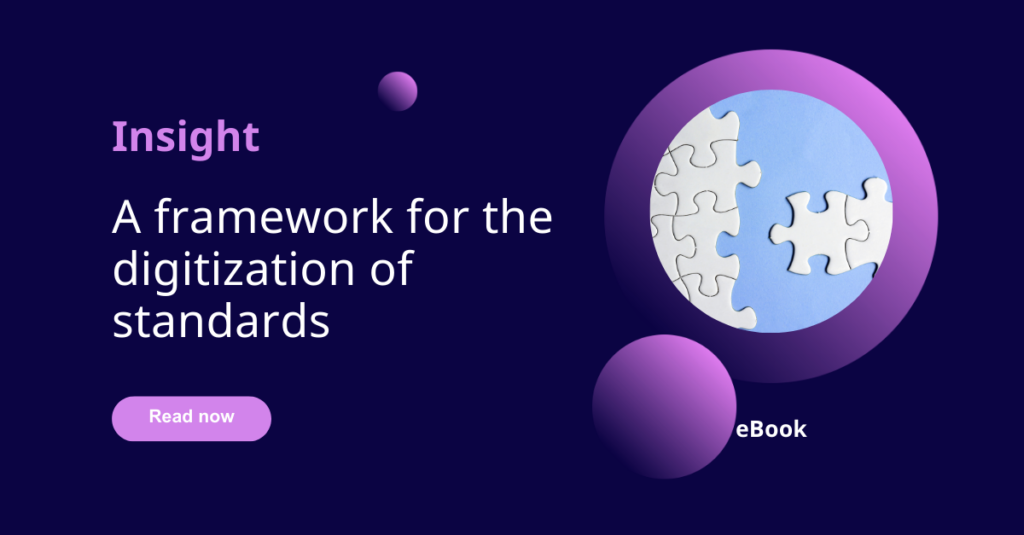The Portable Document Format (PDF) turned 30 in 2022. Adobe co-founder, Dr John Warnock developed the idea as part of The Camelot Project. The aim was to provide an open format for documents that could be shared from any application, sent electronically, and viewed and printed on any machine. The PDF has since become a dominant file format, growing in tandem with the internet on its journey to the mainstream. The PDF has earned its position as an honorary Millennial. Meanwhile, technology continues to develop at breakneck speed. While the PDF still has its place, its limitations in an ever-digital world are becoming more and more pronounced.
Copy and paste is not a sustainable solution for anyone.
PDF standards: at a tipping point
Copy and paste is not a sustainable solution for anyone
Copy and paste remains the dominant way PDFs are used today. Larger consumers of standards typically have a knowledge management team that reads all external content and disseminates it across the business in internal content such as requirements, policies, and manuals.
This is then copied into material from the knowledge base – the Word documents and Excel spreadsheets, PLMs, and checklists.
Regulated enterprises are often juggling requirements from multiple bodies, particularly if they have a global footprint. Keeping up to date is an overwhelming task. Companies may assign armies of people to manage standards, ensure they are up to date and avoid any compliance or reputational risks.
Copy and paste does not scale and has implications for both producers of standards and consumers. As soon as a standard is copied, the person doing the pasting now has a maintenance liability as there is no way of knowing if it is accurate. It may be edited whether intentionally or inadvertently. It may lapse as a result of an update to the standard.
The producer of the standard, meanwhile, has a problem because their content is being operationalized in digital assets that are in no way connected to the source material.
The reality is that once a PDF is released, the SDO has lost visibility on how its IP is being used downstream.
Producers and consumers of standards want the same thing
What is required is traceability back to the authoritative source. Consumers of standards need to demonstrate to regulators and other stakeholders that they are in compliance with the standard. SDOs need visibility on how the material is being used.
The inflexible nature of the PDF means that as standards evolve to meet the increasingly digital needs of business and society, ‘smart’ standards cannot just be ‘smarter PDFs’. Routes to digitization often weigh heavily on the use of XML. However, XML is simply a file format.
Changes on the back end, to the underlying content model, allow content to become far more flexible and allow standards producers to add value. Talk to us about how you can achieve this without moving away from Microsoft Word.


